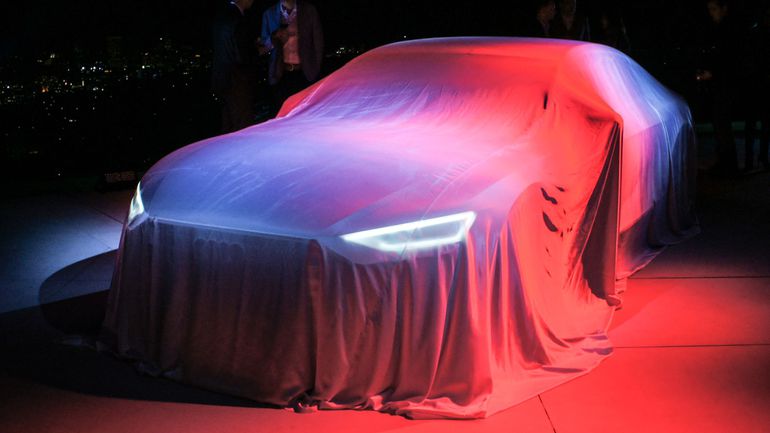When I was twelve years old and immersed in Alister MacLean, my father bemoaned the decline of reading ethics. “At your age, I could recite Hamlet backwards, you youngsters have no patience for deep reading” being the refrain. A few decades later, I have to stop myself from saying, lest I sound like grandpa, “at your age, I could read Alister MacLean in one sitting, and did not flit between 140 words“ to my twelve-year-old. Ironically, this is not a new phenomenon in human history. Socrates ranted against replacing oral learning by reading. “Literacy”, he is reported to have cautioned Plato, “could alter the kind of memory and probative processes required for the young to deeply pursue and internalize knowledge”.
Ignoring the natural resistance to change, it cannot be denied that the process of reading has changed with the emergence of digital technology. For example, the introduction and developments in e-readers in recent years, have rendered digital books competitive to conventional paper-based books. According to Pew Research Center, 27% of Americans read e-books in 2015, and this number is steadily rising. Some of the reasons for the popularity of e-books over paper books include space savings, cost cutting and reading ease; the possibility of increasing font size and backlighting in e-readers can help hypermetropic readers read more easily, to which I can attest through experience. But is there a difference in how people perceive/understand between reading from paper books and reading using digital media?
Perhaps yes. A 2013 Norwegian study of the reading pattern of tenth-graders showed that students who read on paper scored significantly better in reading comprehension than those who read texts digitally. This is attributed to the fact that paper gives spatio-temporal markers; the feel of the paper and the act of turning pages serve as memory markers that are absent while scrolling down a screen. But there are contradictory views as well, wherein, the performance vis-à-vis mode of reading is argued to depend on the attitude and preference of the reader. In one such study, readers who preferred to read from screens were found to perform as well as those who had read the text from paper. The Internet is peppered with arguments for and against e-readers, and there is no consensus yet on whether e-readers will replace paper books or not. Having used both forms of books, my verdict is that it won’t. While e-readers will certainly usurp a significant share of the books market, it may not replace paper books for the following reasons:
- While backlight and adjustable font could indeed help reading, the very same backlight has been known to already cause maladies such as computer vision syndrome.
- But, short of adopting Aristotle’s wisdom of oral understanding rather than literary understanding, the eye would bear the brunt one way or the other.
- With adequate precautions (blinking more often, taking breaks, periodic eye checkups etc.), this drawback of digital readers could be overcome.
- On reading a paper book, one can easily flip the pages to refer to something that appeared earlier or will appear later in the book. Such random flipping is difficult with an e-reader where, the reader has to repeatedly press buttons or swish and swipe the screen (Carpal Tunnel anyone?) for the same activity.
- This is particularly a problem when reading non-linear text, such as non-fiction, where need for constant reference to earlier content can be a serious problem in e-readers.


While backlight and adjustable font could indeed help reading, the very same backlight has been known to already cause maladies such as computer vision syndrome.